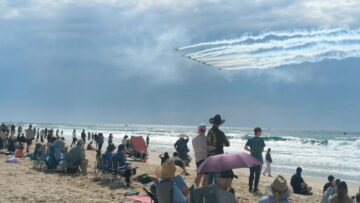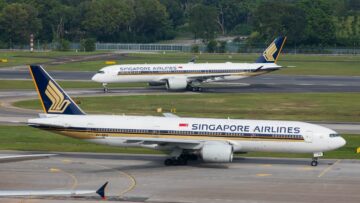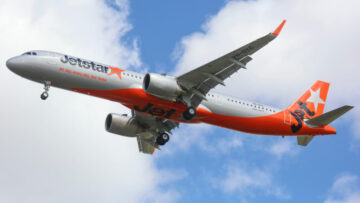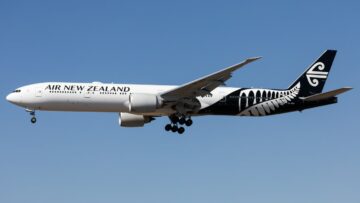
The F-35A Lightning II is a jack of all trades and a master of them all. A swiss army knife aircraft that defines itself as a fighter but can take on almost any mission conceivable. It can – deep breaths – locate enemy forces or jam their radars to disrupt attacks; share detailed comms with air, ground, and sea assets; operate in stealth, even in unknown areas and fly at Mach 1.6, long-range, even with a full complement of weapons and fuel. In a nutshell, it’s the most technologically advanced piece of metal man has put in the air.
It comes in three variants: the F-35A – purchased by Australia – is a conventional takeoff and landing (CTOL) version; the F-35B is a short takeoff/vertical landing (STOVL) variant, and the final F-35C is the carrier type (CV). Over the coming years, Australia will purchase 72 as part of its $17 billion AIR 6000 Phase 2A/B program to replace the ageing F/A-18A/B Classic Hornets that have been in service with the RAAF since 1985.
The first F-35A was delivered in December 2018, and all 72 aircraft are expected to be cleared for combat by 2023. So far, 33 have landed on Australian soil and will be based at RAAF Base Williamtown and RAAF Base Tindal.
Whisper it, but the coolest bit isn’t even the aircraft itself. It’s the sci-fi helmet. Every piece of information a pilot needs to complete missions – speed, altitude, targets etc – is projected onto the visor rather than on a traditional display in the cockpit. But it’s also intelligent enough not to bombard Top Guns with too much information, allowing them a 360-degree view of the battlefield so they can spot approaching enemies with their eyes.
A perfect marriage then of 21st-century tech and smart human savvy. An ideal way for RAAF to celebrate 100 years, you could say.
Source: https://australianaviation.com.au/2021/03/inside-the-archive-f-35-lightning-ii/










